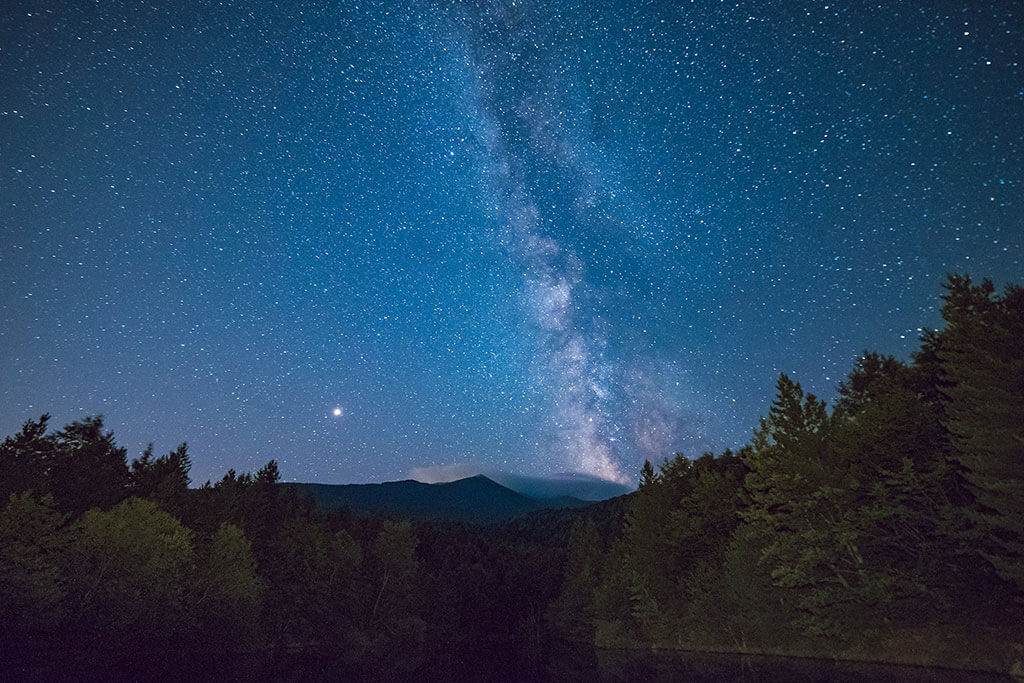
22
October
UofT Planetarium: Halloween Themed Planetarium Show (kid friendly)
Showtimes: 1:00pm and 2:30pm

21
October
UofT Planetarium: Halloween Themed Planetarium Show (kid friendly)
Showtimes: 11:00am and 12:30pm

20
October
UofT Planetarium: The Life and Death of Stars
Showtimes: 7:00pm, 8:00pm, and 9:00pm
The stars in the night sky seem unchanging and eternal, and have remained the same for the history of human civilization. However, over millions and billions of years, new stars are born, live out their long lives, and eventually die in a blaze of glory. In this show, we will be exploring the lives of stars by visiting stellar nurseries, supernova remnants and much more!

13
October
UofT Planetarium: The Life and Death of Stars
Showtimes: 7:00pm, 8:00pm, and 9:00pm
The stars in the night sky seem unchanging and eternal, and have remained the same for the history of human civilization. However, over millions and billions of years, new stars are born, live out their long lives, and eventually die in a blaze of glory. In this show, we will be exploring the lives of stars by visiting stellar nurseries, supernova remnants and much more!

5
October
Ismaili Centre: The Universe’s Baby Picture: An Evening with Professor David Spergel
Observations of the microwave background, the left-over heat from the big bang, are snapshots of the universe only three hundred thousand years after the big bang. These observations have answered many of the questions that have driven cosmology for the past few decades: How old is the universe? What is its size and shape? What is the composition of the universe? How do galaxies emerge?

27
September
ASX Star Talk: The Gaia Satellite: Mapping the Milky Way in 3D
Speaker: Professor Jo Bovy, Assistant Professor and Canada Research Chair in Galactic Astrophysics in the Astronomy & Astrophysics Department of the University of Toronto

20
September
Eatonville Library: After School Club SPECIAL: Celestial Storms
Ontario Science Centre's Dr. Rachel Ward-Maxwell presents an interactive talk for Science Literacy Week! Witness the power of a hurricane on Jupiter, the devilish dust storms on Mars and the wicked winds of Neptune as you learn about the wildest weather in our Solar System.

20
September
Annette Street Library: Science Literacy Week: Astronomy Talk for Kids
Rachel Ward-Maxwell, Researcher-Programmer in Astronomy and Space Sciences from Ontario Science Centre, presents "Celestial Storms."

5
October
UofT AstroTour: The Long Path Towards Finding Habitable Exo-Worlds
Although we are still decades away from discovering life on worlds outside of our own solar system, much progress is being made today to identify the best potential candidates for hosting such life. In this talk Ryan Cloutier will discuss what we currently know about these so-called exoplanets and how we know it. He will then highlight the steps that will be taken in the not-so-distant future to further our understanding of exoplanetary atmospheres and potentially even their surface conditions using extreme telescopes.

18
September
Barbara Frum Library: York University Science Talks: Astronomy and the Extinction of Dinosaurs
Fossils show us that millions of years ago giant reptiles roamed the Earth. Yet, where are they now?
